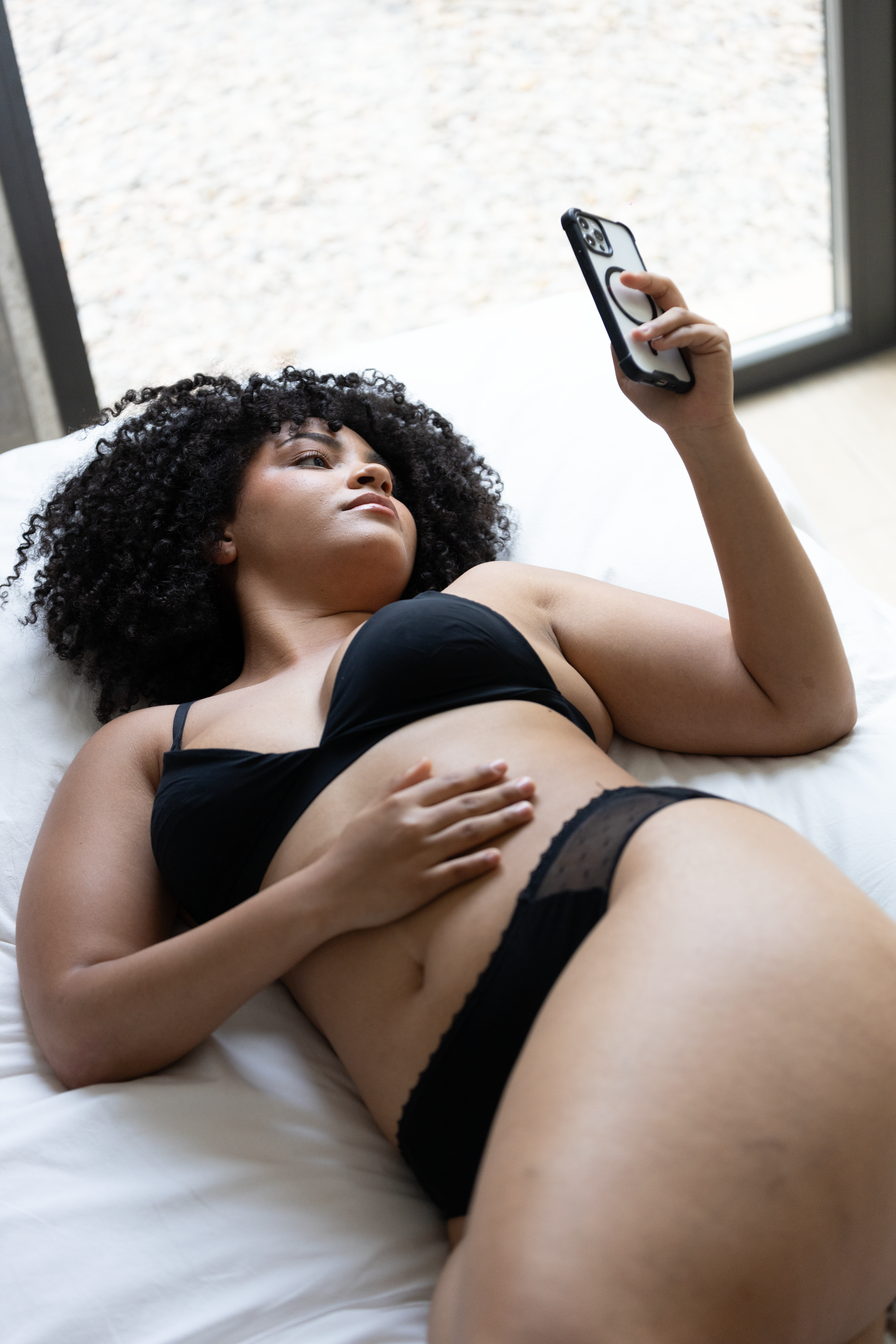
Learn more about the symptoms of endometriosis
According to statistics, endometriosis is a condition that can affect approximately 10% of women and girls of reproductive age worldwide, a figure that shows that endometriosis is more common than we think.
In reality, the problem with this condition is that very few women know the symptoms and confuse them with the usual changes and ailments of menstruation. That is why, in many cases, it is not treated as quickly as it deserves. In this article, we will delve a little deeper into this disorder.
What is endometriosis?
Endometriosis is a very painful condition suffered by women of reproductive age. It occurs when the tissue that should line the inside of the uterus grows outside.
It mainly affects the ovaries, the fallopian tubes, and the tissue that lines the pelvis.
The tissue that lines the outside of the uterus acts like endometrial tissue, which thickens, breaks down, and eventually bleeds. That happens every menstrual cycle.
Now, because it is outside the uterus and not inside, the tissue doesn’t have a way to leave the body, so it is trapped.
This situation causes this tissue to coat other organs near the area, eventually becoming scar tissue, causing the organs to stick together.

Symptoms of endometriosis
Primarily, endometriosis is usually diagnosed because of the intense pelvic pain it generates during menstruation. And it is the issue that cramping during the period is common in some women, but when they suffer from endometriosis it is much worse.
Other common symptoms of this disorder are:
- Pelvic pain: This includes menstrual cramps, lower back pain, and lower abdominal pain.
- Pain during intercourse: This may occur during or after intercourse.
- Heavy menstrual flow: Many women with endometriosis experience heavy bleeding for several days. In some cases, bleeding between periods may be seen.
- Fatigue or lack of energy: This symptom is associated mainly with women with severe pain and heavy bleeding.
- Pain when defecating or urinating: This is common during menstruation.
- Infertility: In some cases, women find out that they suffer from endometriosis because they have problems conceiving, which leads them to discover that they suffer from this disorder.
- Other symptoms: During menstruation, symptoms such as diarrhea, constipation, bloating, or nausea may occur.
Sometimes, endometriosis is confused with other conditions that cause a lot of pelvic pain, such as ovarian cysts or irritable bowel syndrome due to their symptoms. So, if you identify yourself with some of the above symptoms, it is recommended to see your gynecologist to rule out whether you suffer from endometriosis or if it is another condition.

Who is at risk for endometriosis?
Endometriosis is detected mainly in women between 30 and 40 years old, but any menstruating woman can suffer from this disorder.
However, women who are more likely to suffer from endometriosis are:
- If your mother, sister, or daughter suffers from endometriosis.
- If your period started before or just at 11 years of age.
- If your monthly cycles are less than 27 days.
- If your menstrual cycles are very heavy and last seven days or more.
You are less likely to have endometriosis if you are:
- You have been pregnant.
- You started menstruating later in your teens.
- You exercise regularly.
- Your body fat is low.
Be sure to consult your gynecologist if you have these symptoms.
At Ecowoman, we love to share important topics like this.





